Stefano Mancuso, with his book 'Phytopolis', invites us to imagine cities inspired by models that already exist in nature.
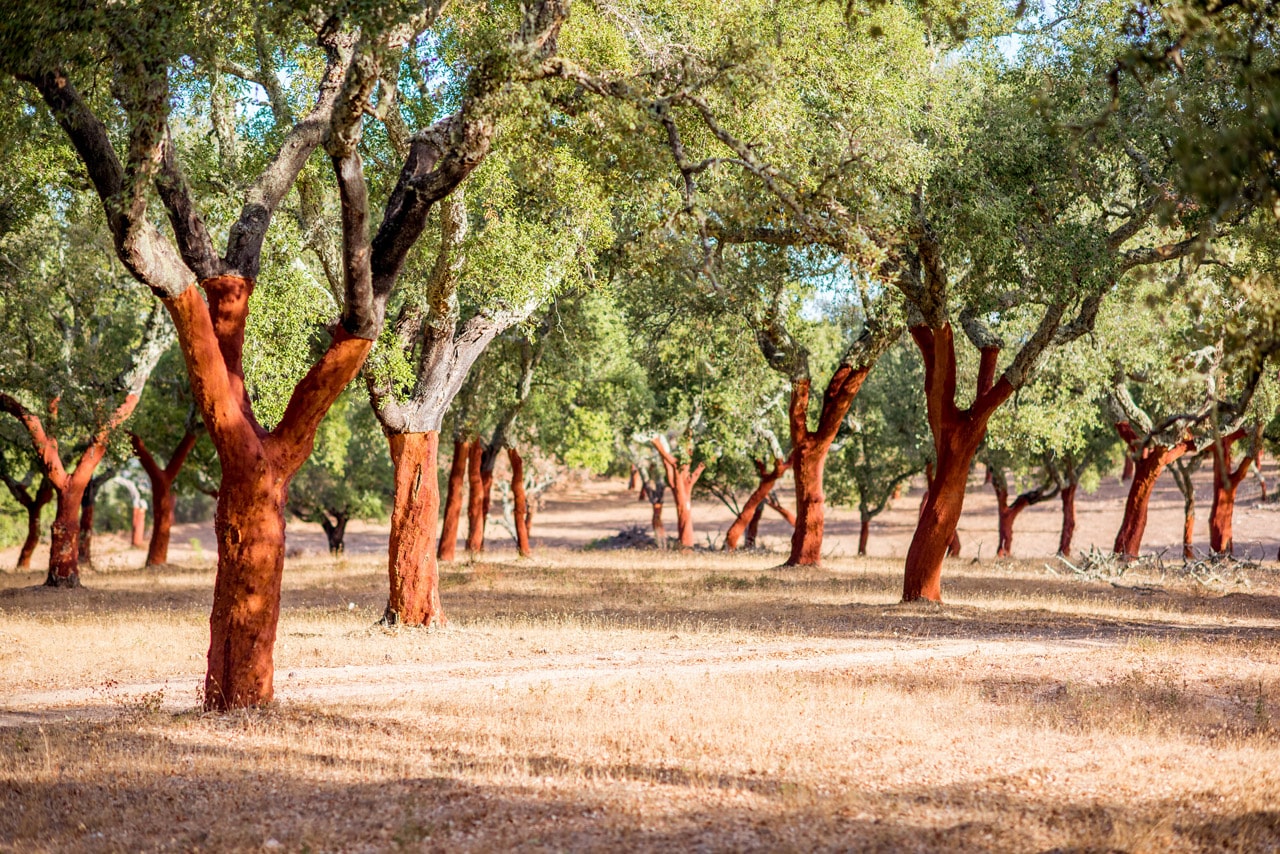
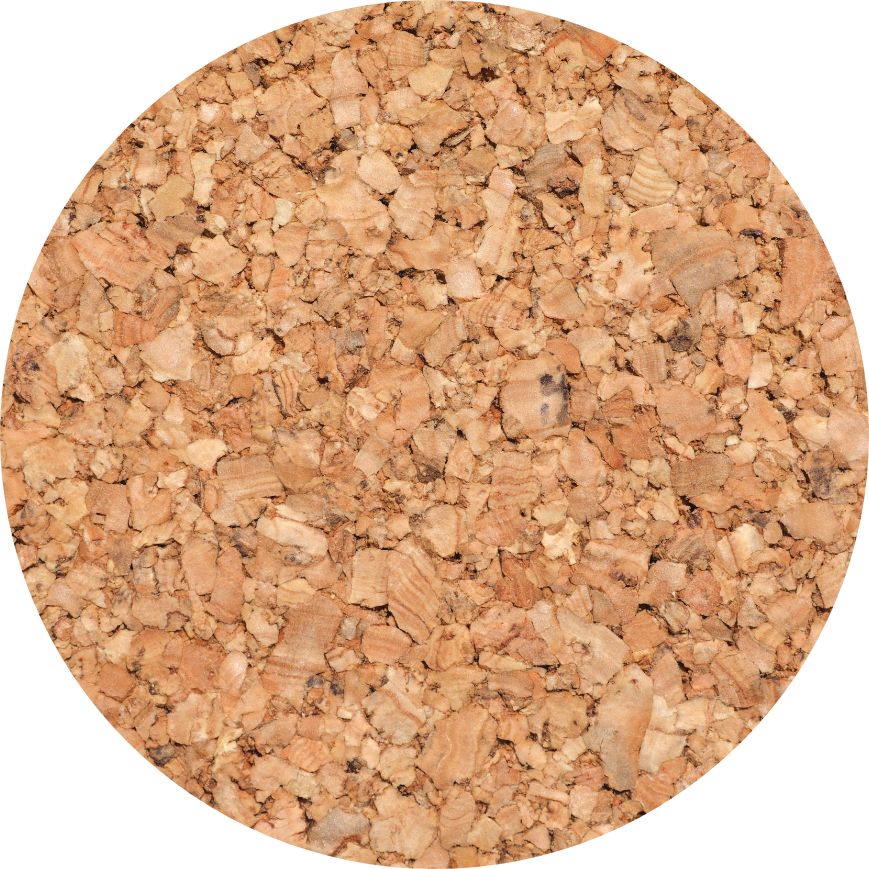
Recovering grains of cork from processing waste and creating new objects to offer to the world of footwear. This was the intuition of the founder of Sace Components, established in 1977 with the vision and awareness to apply the concept of sustainability to the fashion sector through an exceptional raw material: cork.
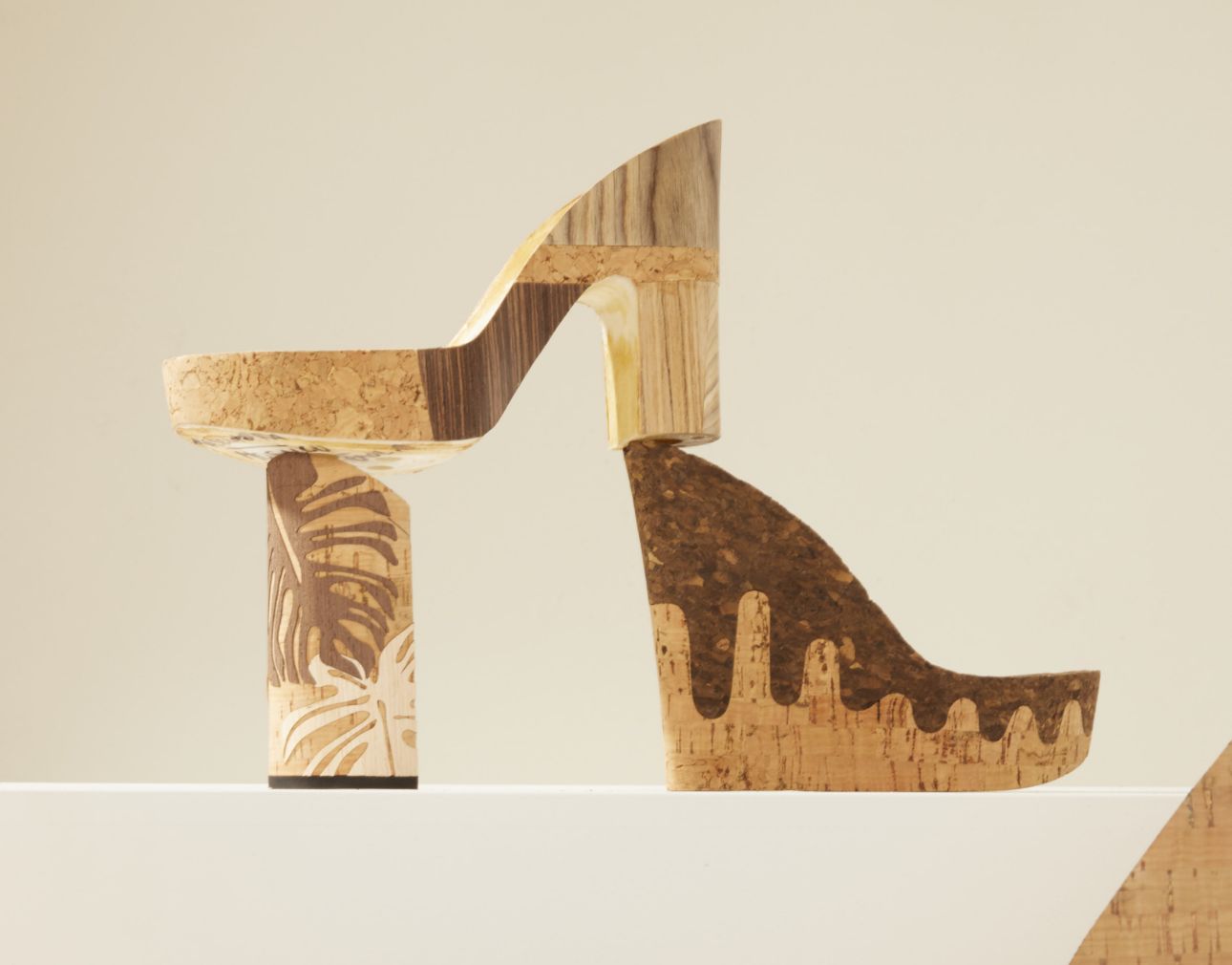
This intuition immediately created a strong bond between the company and this exceptional material, and they began to use it in increasingly innovative ways over the years in different sectors, including construction, shipbuilding, furniture and fashion.
This fascinating, versatile material brings with it stories of nature, innovation and tradition that deserve to be told. Created from the meeting of the Quercus suber and the earth that nourishes it, this resource is a gift from nature that grows in harsh soils where water is a luxury and the heat is a constant companion.
But its magic doesn't only come from its origin. Cork oaks are guardians of the environment, silent warriors that fight against soil erosion and the accumulation of carbon dioxide. Expanses of cork oak forests play a fundamental role in maintaining the water balance in the surrounding environment. Their wide canopies intercept rainwater, activating a process that, as well as reducing erosion, also encourages the gradual filtration of water into the soil, enriching the aquifers below. The presence of a dense root network and a layer of leaf litter on the ground also protects the earth from the direct impact of rainfall and promotes the absorption of water.
But what makes the Quercus suber truly unique is its capacity for regeneration: its bark is regrown after every harvest, allowing the tree to live for up to two-hundred years, offering up to twenty harvests of the precious material.
Every removal makes the tree stronger, more resilient, and the quality of the cork comes out better. And that's not all: every time the bark is gently removed, the trees respond with vigour, absorbing CO2 in quantities well above that of other plants. It is as if every exfoliation of the bark translates into a deeper breath for our planet, in a cycle of continuous rebirth.
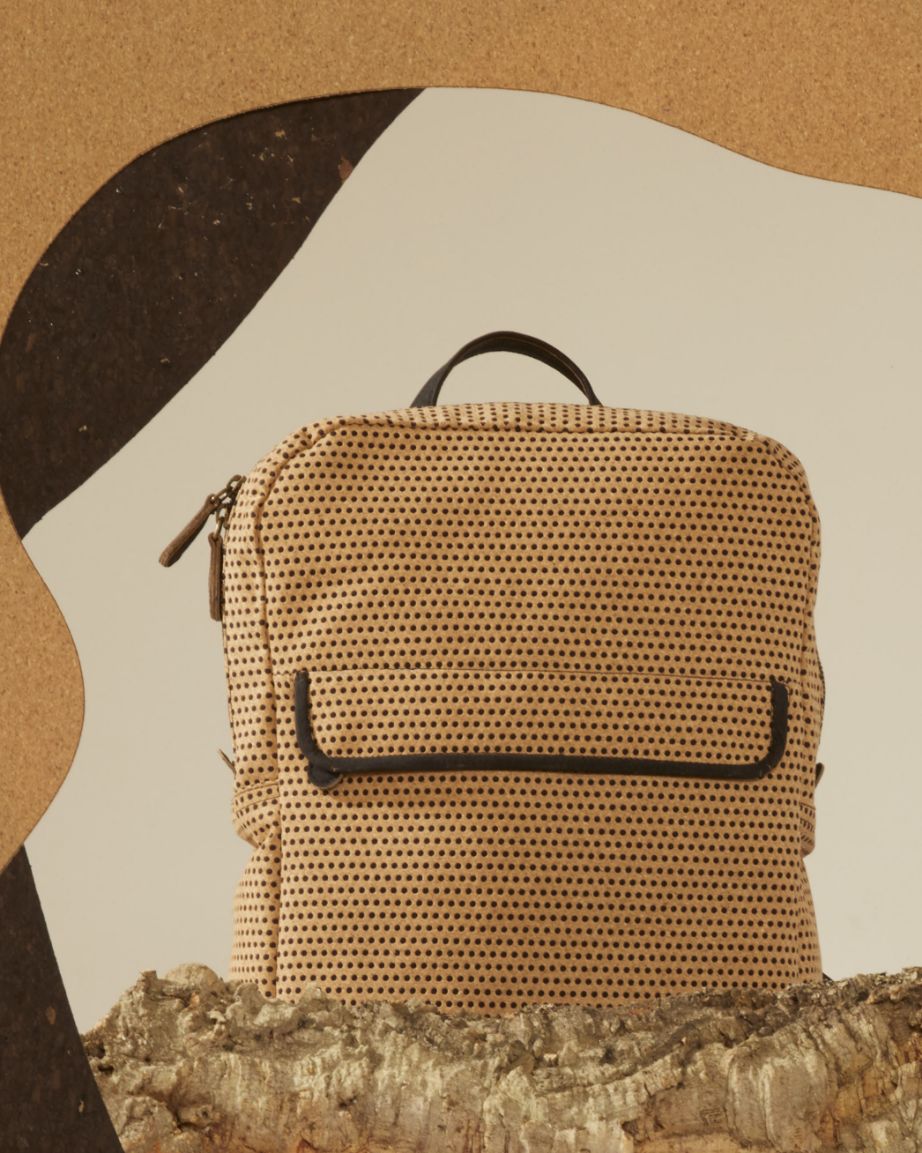
The value of this tree, and the areas where it grows, also derives from the cultural, social and economic role it plays in the communities in the Mediterranean basin. From the families that harvest it to the industries that transform it, cork oak forests are part of the local social fabric, creating a strong sense of community and identity.
These forests, which are seen as a source of long-lasting riches and wellbeing, are a symbol of eternal prosperity, highlighting a profound link between the people and the traditions connected to cork harvest, transformation and use. Harvesting cork oak bark is an ancient ritual, a dance between man and nature that has remained unchanged for millennia.
At the end of its useful life, every piece of cork can also be recycled and recreated in new forms, feeding a circular economy that wastes nothing. A promise of infinite reusability, where nothing is lost and everything is transformed.
Thanks to its extraordinary capacity to improve and enrich the processes and products it is used in, innovation is another chapter in the story of this material.
This story begins in our homes, where its use in construction as thermal and acoustic insulation can transform living spaces into comfortable, healthy, energy-efficient environments. Our technical division has expanded the use of cork well beyond traditional insulating panels, developing advanced solutions that combine cork and natural lime. Not only do these innovative products protect homes from temperature changes and humidity, preventing the formation of mould, they also guarantee a healthier environment for the people building and living in the home. Cork's versatility makes it ideal for the design and comfort of furnishings, and also for architectural solutions for walls, dividers and floors.
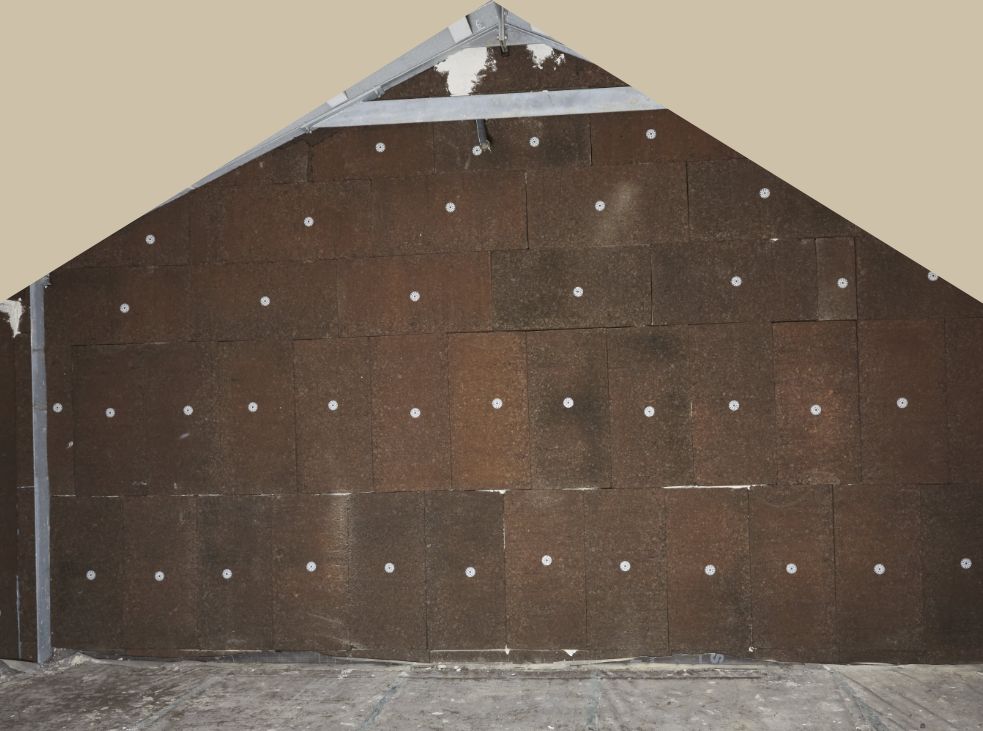
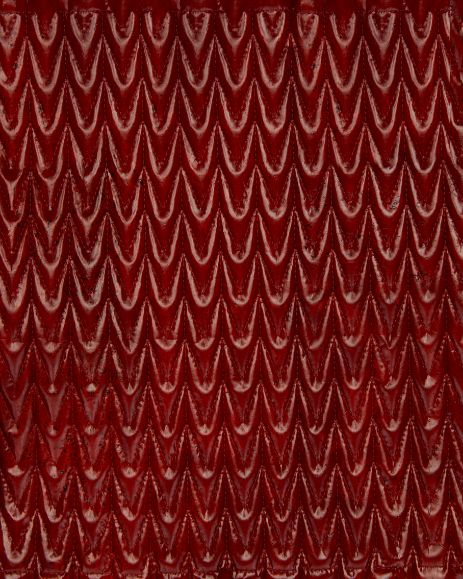
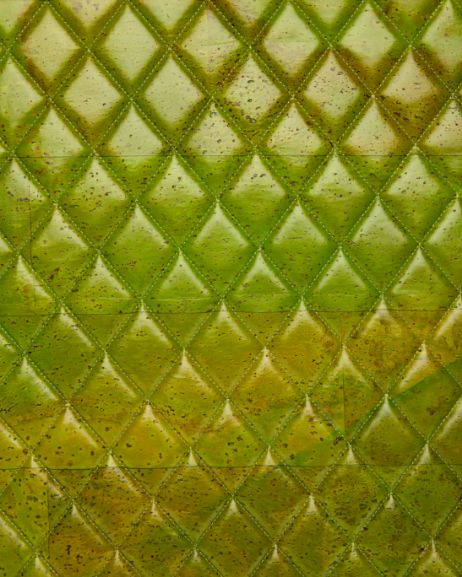
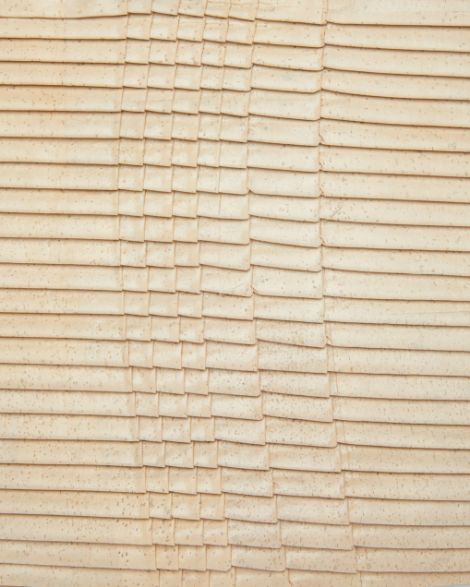
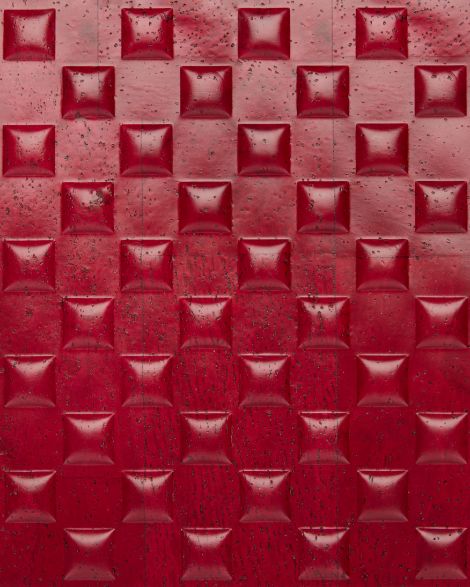
Its notable heat-insulating properties also make it a valuable material in the shipbuilding sector. One example is MarineCork, the cork decking perfect for both motorised and sailing yachts. This solution guarantees excellent livability on the deck, keeping it cool to the touch even in the direct sun, offering excellent traction, resistance to liquids without staining, and insulating the cabins from temperature changes and noise. It is a solution adopted by prestigious shipbuilders, both Italian and international.
In the world of fashion and design, cork has established itself thanks to its lightweight, resistant, versatile qualities, which make it possible to use a wide range of processing techniques, contrasting colours and combinations with other natural fabrics. Many collections of accessories have come out of collaborations with diverse stylists, from bags made with thin sheets of cork to shoes with natural heels or wedges, combining comfort and aesthetics.
The automobile industry, which is always searching for solutions to reduce weight and increase the efficiency of vehicles, has found cork to be an innovative material for interior trims. Finally, space exploration, which requires materials able to tolerate extreme conditions, has found cork to be an exceptional thermal insulation, demonstrating how an ancient material can have applications even in the most advanced technologies.
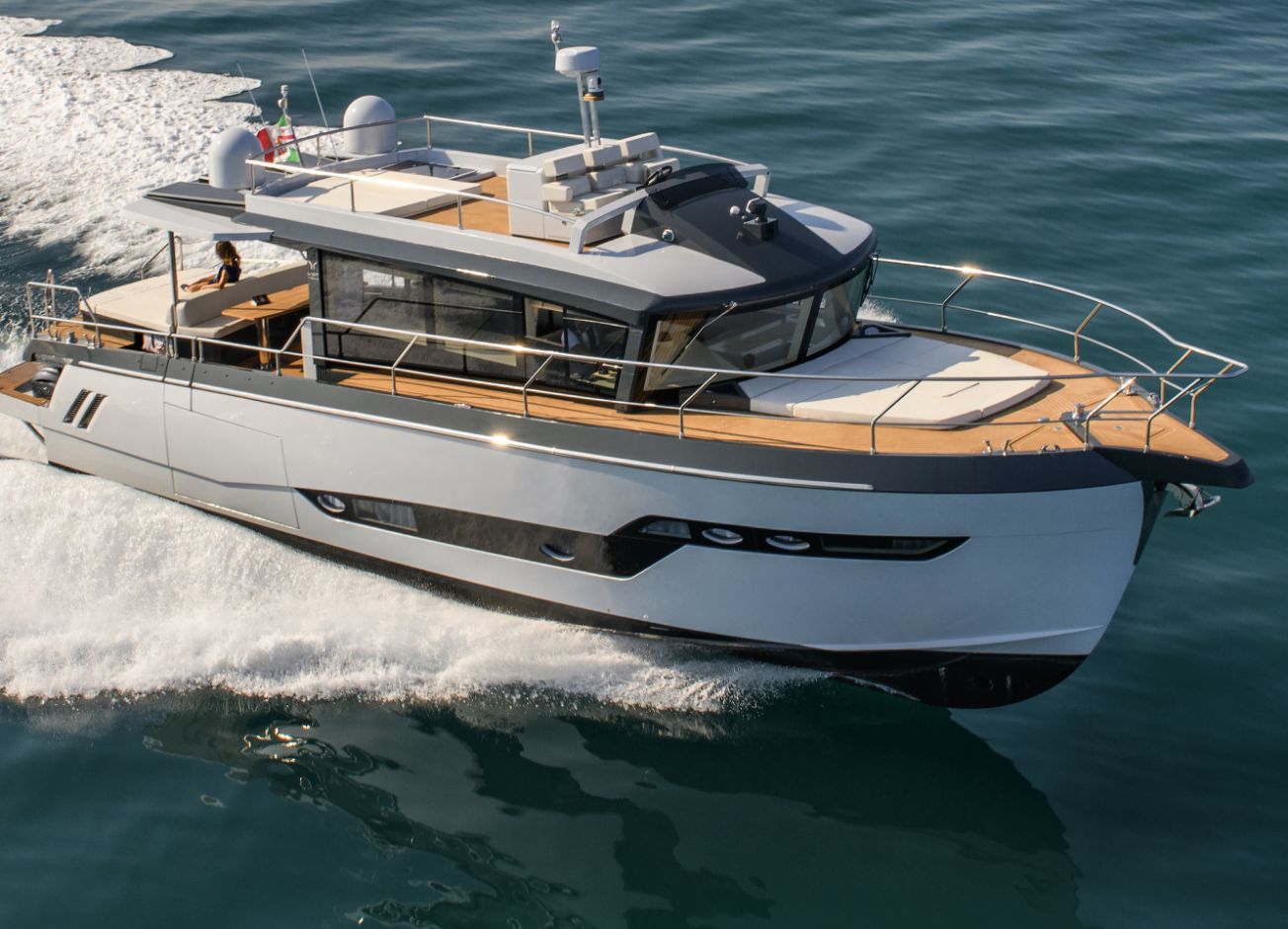
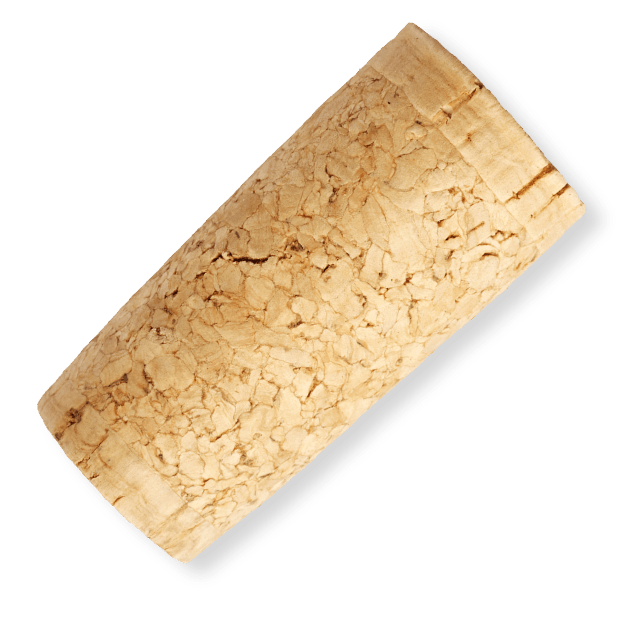
But let's get to the most famous use. In the world of wine, the choice between a cork and a screw cap has become a dialogue between tradition and innovation.
On one hand, cork, with its ancient nobility, promises micro-oxygenation that nurtures the ageing process of the most prized wines. On the other hand there is the pragmatism of screw caps, which offer a practical, reliable solution that removes the risk of defects and celebrates the freshness of young wines.
In the debate on sustainability, both types of stopper bring benefits and compromises to the table. Cork, as well as being completely biodegradable and endlessly recyclable, embodies the ideal of a natural, sustainable life cycle. On the other hand, aluminium, which metal caps are often made from, can be recycled countless times, reducing the need to extract new raw materials, although its initial production requires a significant amount of energy.
The choice between cork and metal is therefore not as simple as "better" or "worse", but instead a reflection on the story that each bottle wants to tell, and the type of sustainability one wants to support. The elegance of cork for more meditative wines, and the convenience of a screw cap for carefree evenings. Promoting totally natural productive ecosystems, or those more focused on the circular economy and waste reduction.
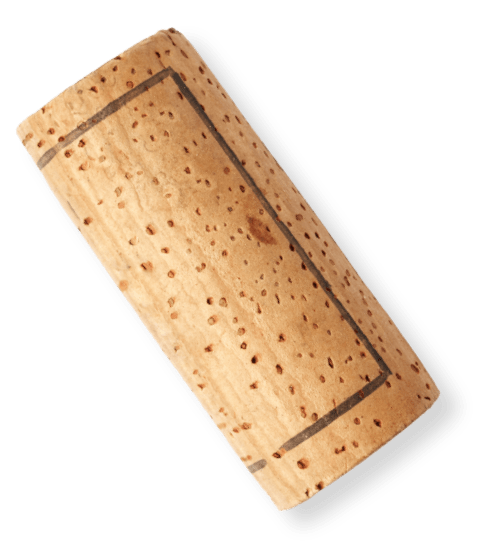
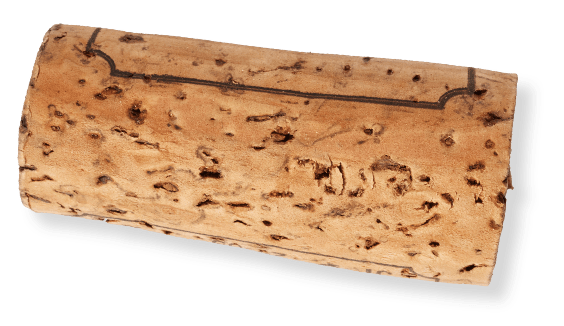
Stefano Mancuso, with his book 'Phytopolis', invites us to imagine cities inspired by models that already exist in nature.
An introspective journey through Isacco Emiliani's lens: from the quiet of the arctic to the nocturnal silence of Romagna's ancient trees.
